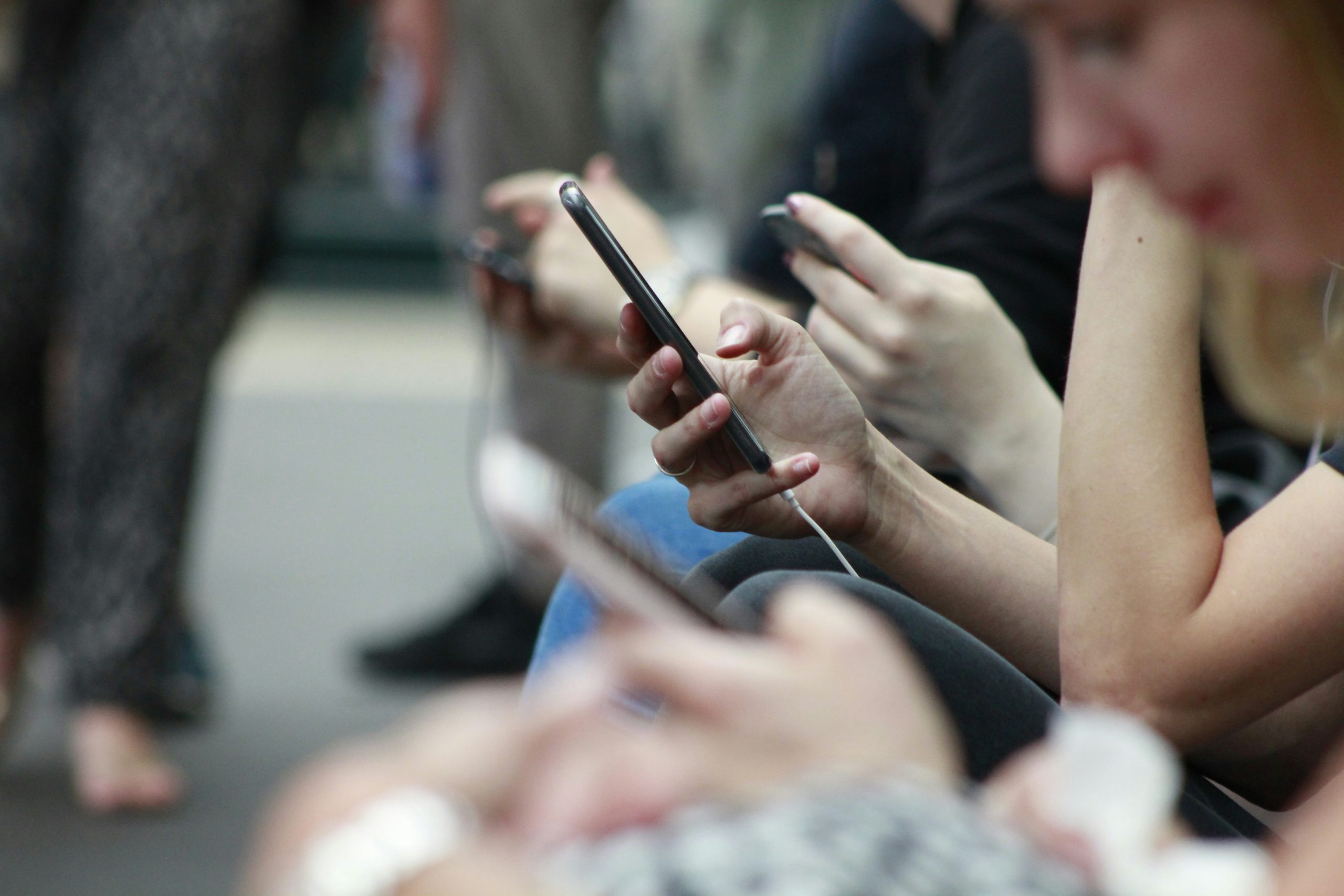Have you ever wondered if the water tracking app you rely on for hydration goals and health monitoring is truly accurate? In a world where technology plays an increasingly prominent role in our daily lives, it’s essential to evaluate the reliability of such tools. Watracker, a popular application designed to help users monitor their water intake, has garnered both praise and skepticism. As we strive to prioritize our health and well-being, understanding the accuracy of these digital aids becomes paramount. Join us as we delve into the world of Watracker, exploring its capabilities, limitations, and ultimately answering the burning question: Is Watracker accurate?
How does Watracker work?
When it comes to understanding how Watracker works, it’s essential to delve into the technology behind this innovative tool. Watracker utilizes a network of sensors placed strategically across water bodies to collect real-time data on key indicators such as temperature, pH levels, and turbidity. This data is then transmitted wirelessly to a centralized platform where it is analyzed using advanced algorithms to provide accurate insights regarding water quality.
Furthermore, Watracker integrates machine learning techniques to continuously improve its accuracy and predictive capabilities. By analyzing historical data and patterns, Watracker can anticipate changes in water quality and issue alerts or recommendations accordingly. This proactive approach sets Watracker apart by not only monitoring current conditions but also offering valuable foresight into potential issues that may arise, empowering users with actionable information for better decision-making when it comes to managing water resources.
 Factors affecting Watracker accuracy
Factors affecting Watracker accuracy
One critical factor that can impact the accuracy of a Watracker is the calibration of the sensors. These devices rely on precise measurements to track water consumption, but if the sensors are not correctly calibrated, there can be significant discrepancies in the data collected. Regular maintenance and calibration checks are essential to ensure that Watrackers provide accurate and reliable information to users.
Another key element influencing Watracker accuracy is user behavior. Factors such as timely data input, proper placement of devices, and consistent usage patterns all play a role in determining how accurately water consumption is recorded. For instance, forgetting to enter data or moving the Watracker to different locations can skew results and compromise overall accuracy. Active user engagement and adherence to best practices are crucial in maximizing the effectiveness of these tracking devices.
Additionally, external factors like water pressure variations or leaks in plumbing systems can also affect Watracker accuracy. Displaying real-time information about water usage relies heavily on stable conditions within the water supply system; any disruptions or irregularities could lead to inaccuracies in tracking consumption levels. It’s important for users to stay vigilant about their home’s infrastructure and address any issues promptly to maintain optimal performance from their Watracker device.
Comparison with other tracking tools
When comparing WaTracker with other tracking tools, one standout feature is its user-friendly interface. Many users appreciate the simplicity and ease of navigating through the app compared to other tools that can be overwhelming with unnecessary features. Additionally, WaTracker offers real-time updates and notifications, providing a seamless tracking experience for users on-the-go.
Another key point of differentiation is WaTracker’s focus on privacy and data security. With increasing concerns about data breaches and privacy issues, users are drawn to tools like WaTracker that prioritize protecting their information. This emphasis on security sets WaTracker apart from some other tracking tools that may not have robust measures in place to safeguard user data effectively. Ultimately, when considering which tracking tool to use, factors like user experience, real-time updates, and privacy should all be taken into consideration to ensure accurate and reliable results.
 User feedback and reviews
User feedback and reviews
User feedback and reviews play a crucial role in evaluating the accuracy of Watracker. These real-time insights provide valuable information on how users perceive the platform’s performance and reliability. By analyzing user feedback, developers can identify potential areas for improvement and make necessary adjustments to enhance accuracy.
Moreover, user reviews offer a unique perspective that goes beyond technical data. They provide authentic experiences shared by individuals who have used Watracker in various situations. This qualitative insight can shed light on aspects such as user-friendliness, data visualization, and overall satisfaction levels with the platform. Overall, combining quantitative data with qualitative feedback from users can provide a comprehensive view of Watracker’s accuracy and effectiveness.
Addressing common misconceptions about Watracker
While some may believe that Watracker is just like any other water tracking app, the reality is that its advanced algorithms and data analysis sets it apart from its competitors. Watracker uses a combination of user input and smart technology to provide accurate water consumption measurements, accounting for factors such as hydration levels, temperature variations, and even activity levels. Contrary to the misconception that Watracker’s accuracy diminishes over time, the app’s machine learning capabilities actually improve its precision as it gathers more data specific to individual users.
Another common fallacy is that manually inputting water intake in Watracker is tedious and unreliable. In truth, this hands-on approach not only enhances user accountability but also allows for greater customization and control over tracking habits. Additionally, contrary to popular belief, Watracker does not solely focus on quantity but also emphasizes the quality of water consumed by promoting mindful hydration practices. This holistic approach sets Watracker apart as a comprehensive tool for improving overall health and well-being through informed hydration strategies tailored to individual needs.
 Conclusion: Is Watracker reliable for tracking water consumption?
Conclusion: Is Watracker reliable for tracking water consumption?
In conclusion, the reliability of Watracker for tracking water consumption ultimately depends on individual preferences and needs. While its ease of use and comprehensive tracking features make it a valuable tool for many users, there may be discrepancies in accuracy that could affect the overall reliability. Users should consider factors such as data input consistency, calibration of measurements, and the potential margin of error when relying on Watracker for precise water consumption tracking.
Furthermore, incorporating Watracker into daily routines as a general guide rather than a precise measurement tool may enhance its utility. By using Watracker in conjunction with other methods such as manual tracking or smart devices like connected water bottles, users can achieve a more holistic understanding of their hydration habits. Ultimately, while Watracker may not be infallible in its accuracy, it remains a valuable resource for promoting awareness and mindfulness around water intake, contributing to overall health and well-being.

